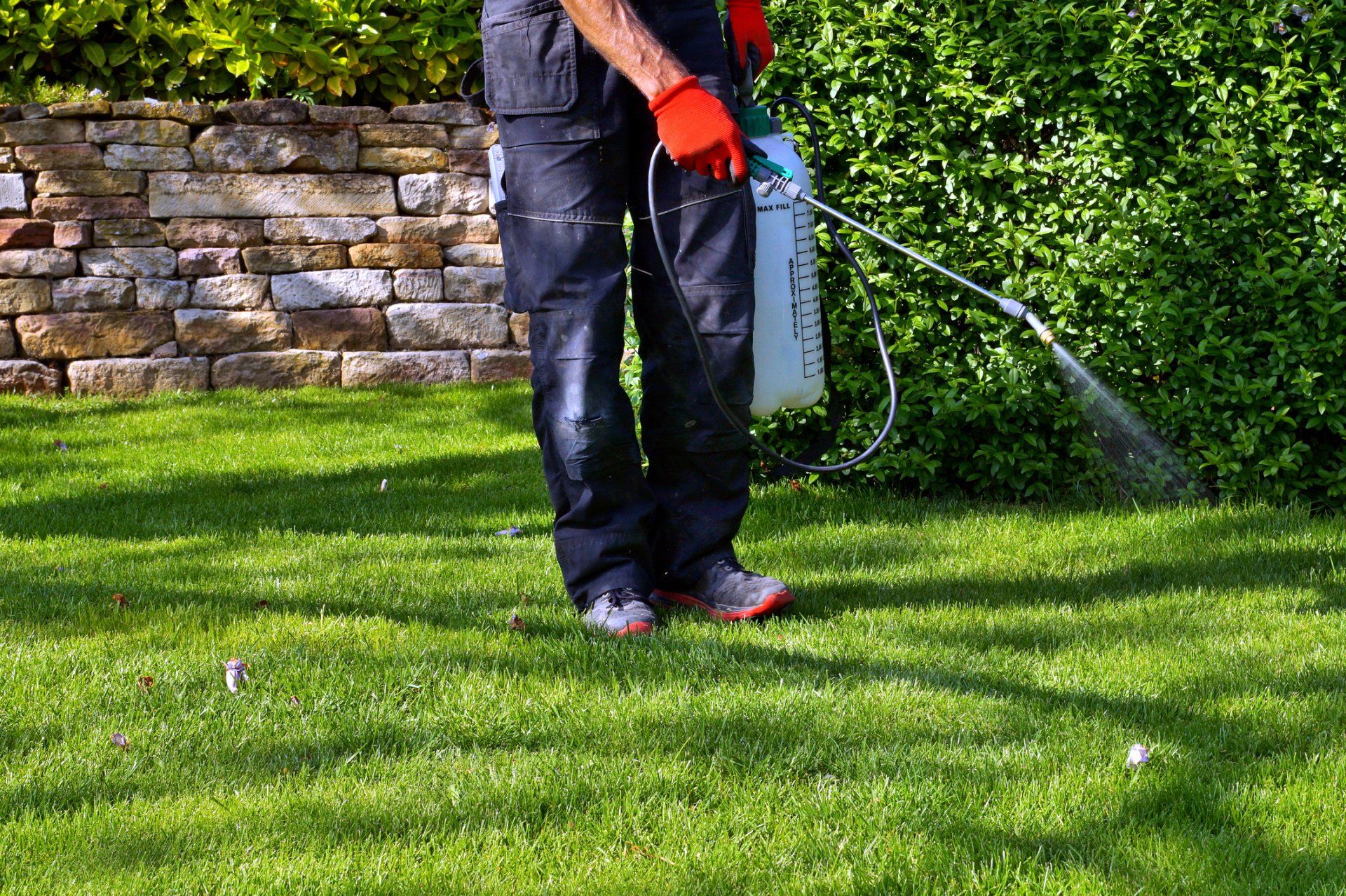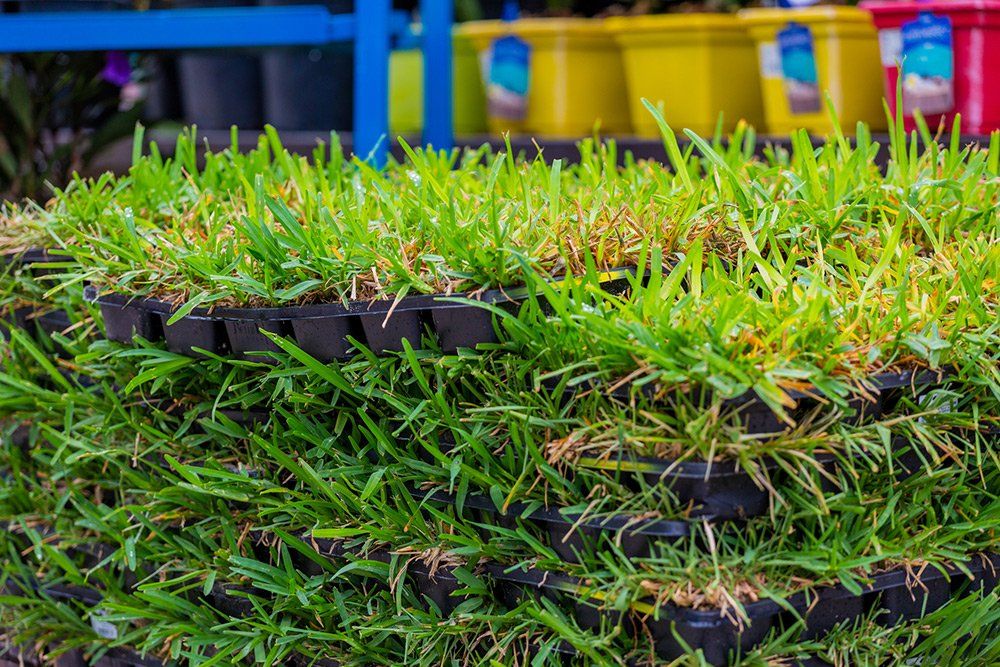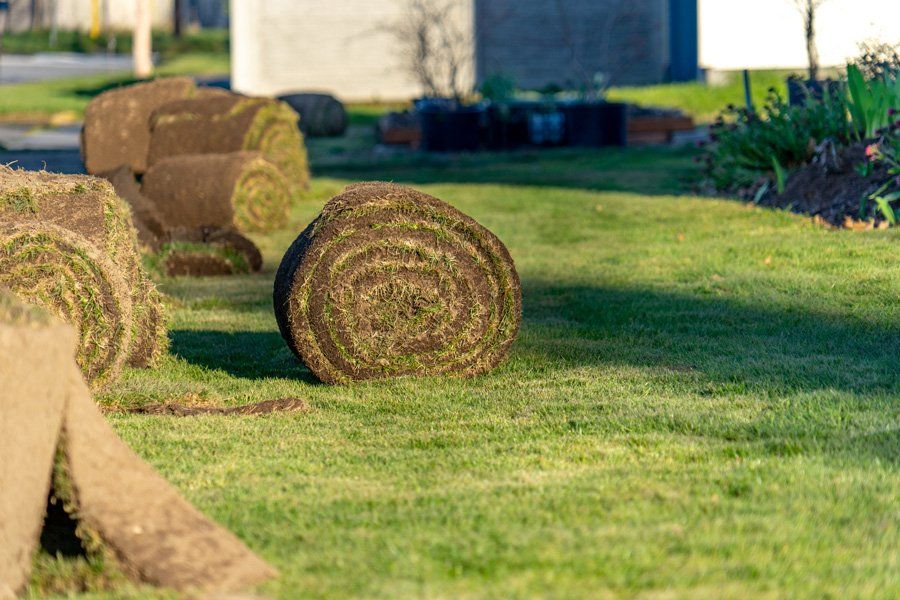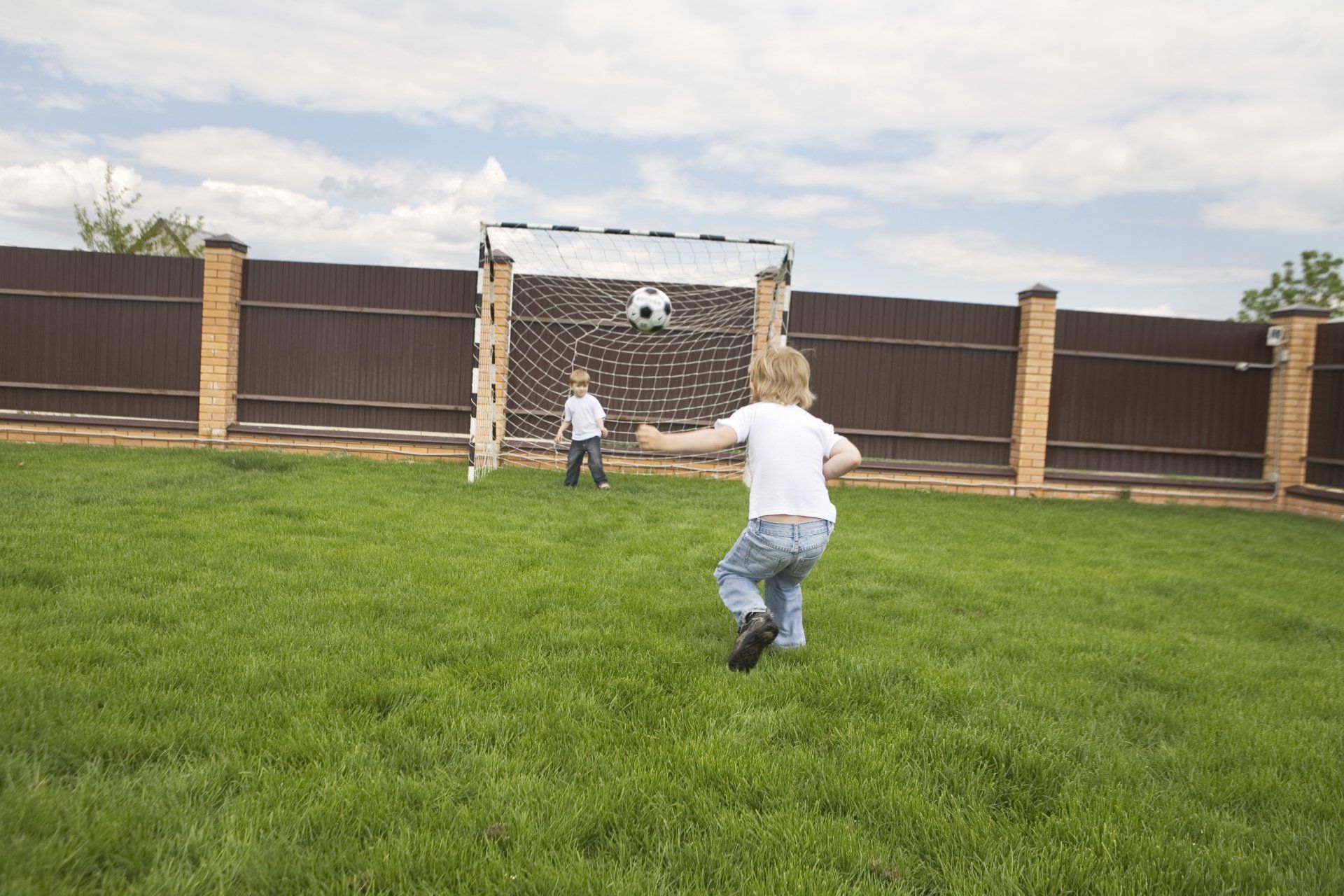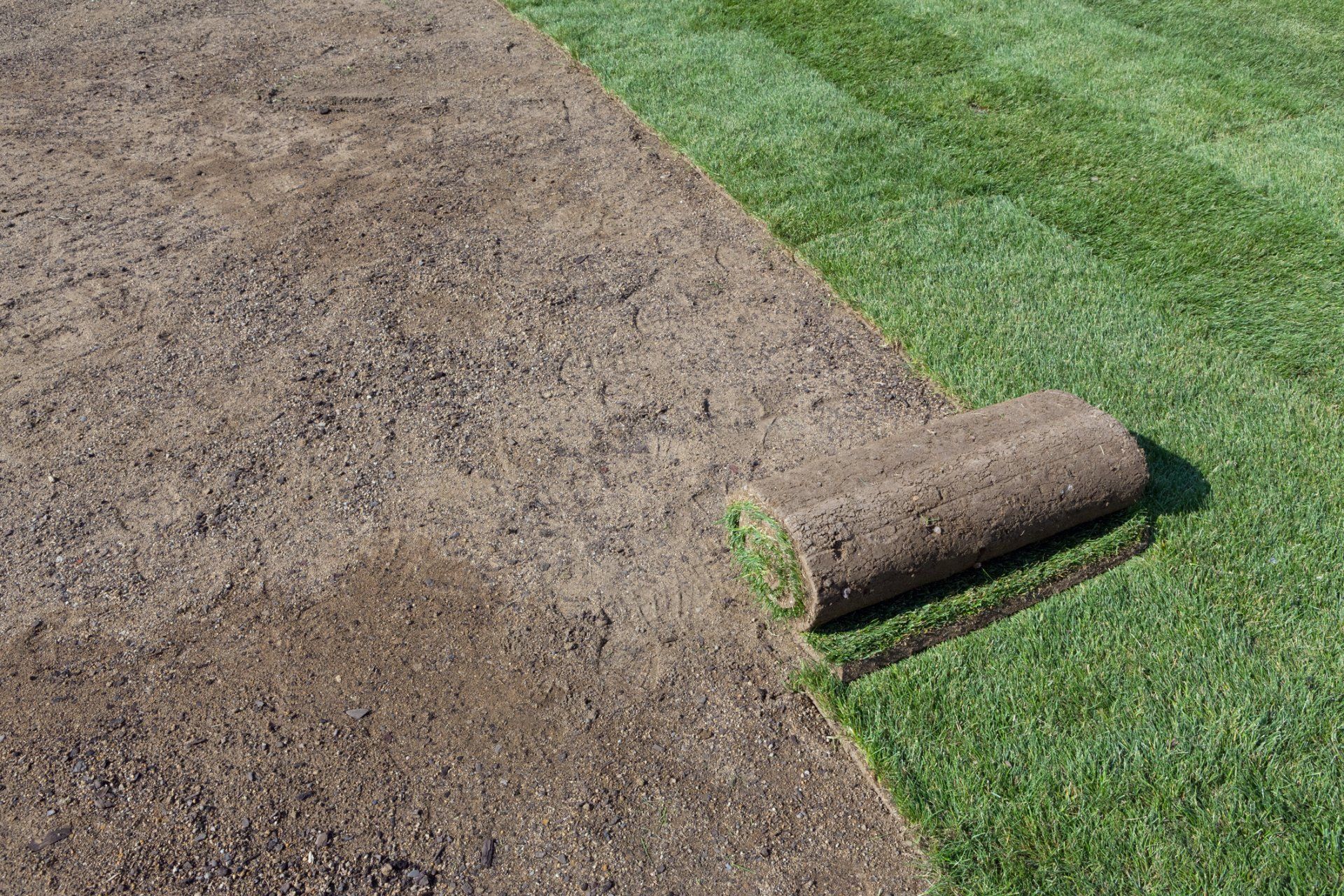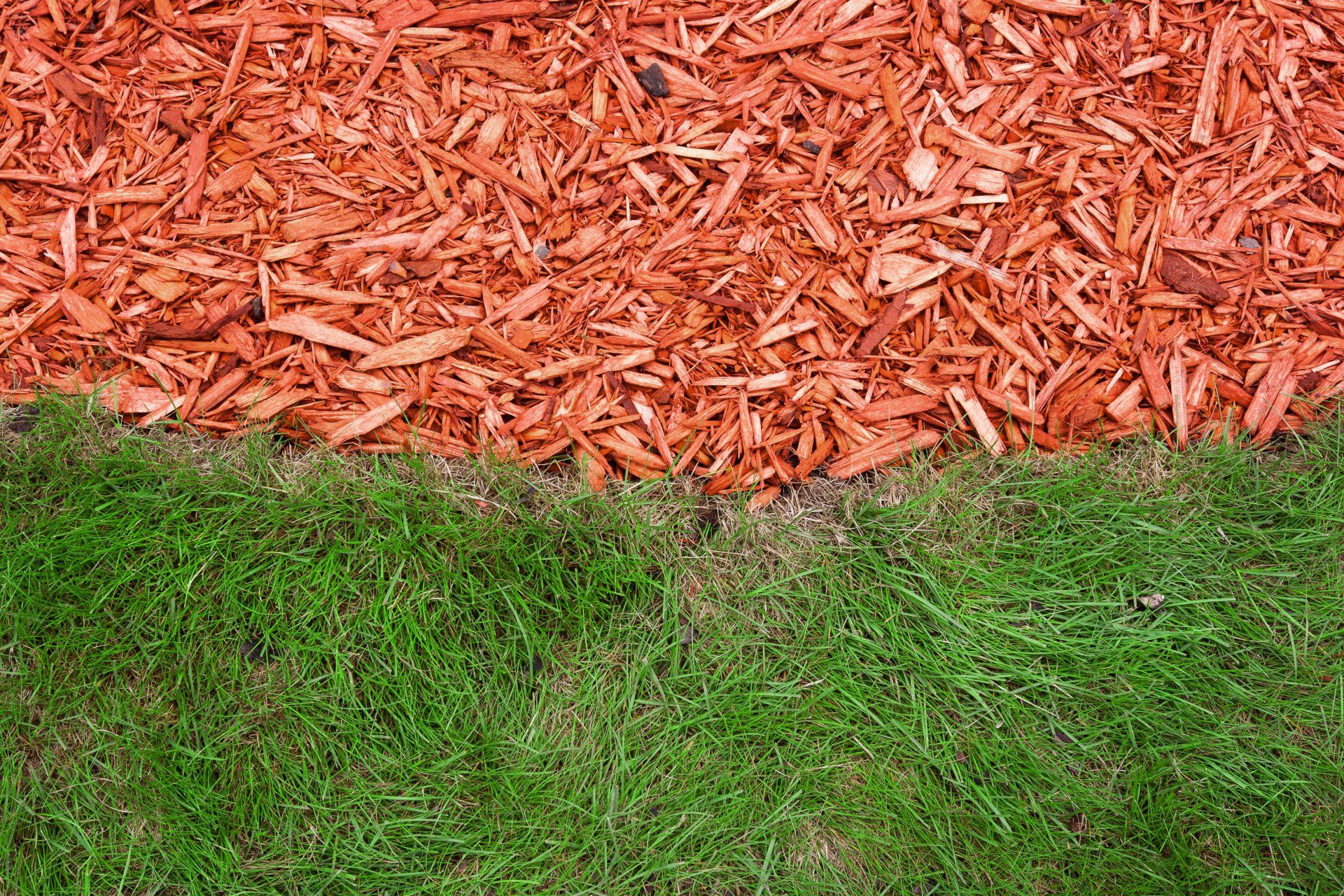Installing Sod in Your Yard This Weekend
- By Admin
- •
- 31 May, 2019
- •
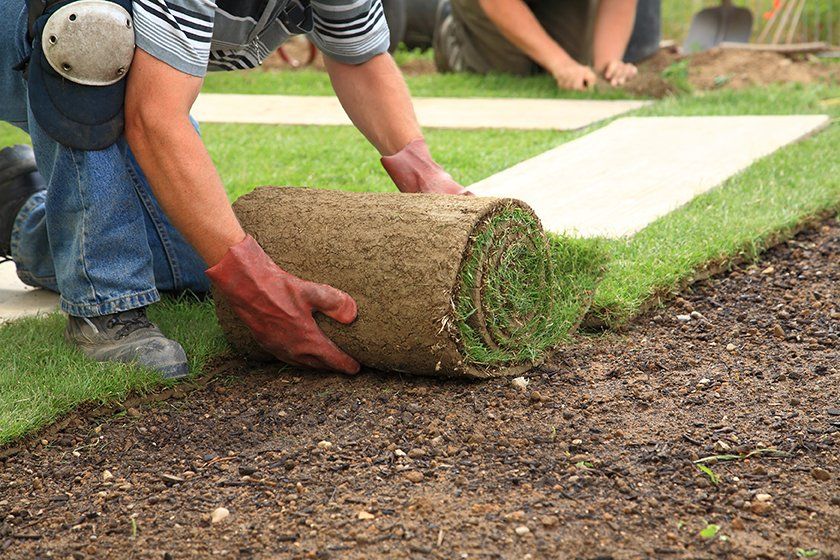
The lawn or grass around any home makes a statement and improves the curb appeal of the house. When you want a great looking lawn, but you have a yard that looks more like a desert wasteland, you may want to consider laying sod for nearly instant improvement. Here is what you need to know before you install sod in your yard.
Sod Versus Seed
Even though seed is less expensive than buying sod, many people still opt for sod instead. When you buy high-quality sod, the grower has already put in the time to plant the seeds and grow the grass for you. For people on a busy schedule, the convenience of someone else dealing with the preparation and growth of that sod makes the cost worth it. An experienced sod farm produces many types of sod, so you can easily get the kind of grass you want.
Prepare for the Sod
While sod is convenient, that does not mean you don't have any prep work to do before the sod arrives. You need to till the entire area where the sod will be. The ground needs to be loose and able to accept the root system of the sod or the sod will not survive. Till the ground down about 6-inches and amend the soil with some starter fertilizer to promote healthy starting growth. You may also want to test the soil PH before laying the sod. The PH should be in the 6 to 6.5
range.
You can also add some topsoil the freshly tilled ground and turn it in with a spade. Don't compact it or the roots from the sod will not be able to take hold in the soil. Once the sod arrives, you need to get it on the ground quickly. If the sod dries out on the pallet waiting to be put in place, it can die and become worthless.
You can also add some topsoil the freshly tilled ground and turn it in with a spade. Don't compact it or the roots from the sod will not be able to take hold in the soil. Once the sod arrives, you need to get it on the ground quickly. If the sod dries out on the pallet waiting to be put in place, it can die and become worthless.
Install the Sod
The installation process is not difficult at all. Start by finding the longest straight edge of your lawn and roll out your sod along that edge. It is important that the sod is flat and meets the edge of the sidewalk, driveway, or grass it is abutting.
Once in place, pat down the sod by hand to remove air space under the sod and to help the sod take root in your soil. Don't walk on the sod, because this can create low spots that you don't want in your new lawn.
Continue laying the sod along the edge until it is complete, then put another row of sod next to the first. Push the sod up tight to the edge of the first row so that the pieces grow together and form a strong layer of grass and soil. Cutting sections of the sod to go around flowerbeds, walkways, or driveways in fine and will not hurt the sod.
Once in place, pat down the sod by hand to remove air space under the sod and to help the sod take root in your soil. Don't walk on the sod, because this can create low spots that you don't want in your new lawn.
Continue laying the sod along the edge until it is complete, then put another row of sod next to the first. Push the sod up tight to the edge of the first row so that the pieces grow together and form a strong layer of grass and soil. Cutting sections of the sod to go around flowerbeds, walkways, or driveways in fine and will not hurt the sod.
Water the Sod Right Away
Once the sod is down, you must water it. Most sod farms recommend watering the sod within the first 30 minutes after it is in place. The sod also needs to be watered daily for the first few weeks so it will grow and root properly. Stay off the grass for the first couple weeks if you can so that it can take root, grow together at the edges, and become that healthy, thick lawn you have dreamed about.
At Turf Master Sod Farms, we offer several kinds of sod that you can choose from. Picking the right sod can be difficult, so we can work with you to make sure you get the kind of grass you want and that will thrive in your area. Give us a call and let's talk about your project and how we can make it easier for you to complete.
At Turf Master Sod Farms, we offer several kinds of sod that you can choose from. Picking the right sod can be difficult, so we can work with you to make sure you get the kind of grass you want and that will thrive in your area. Give us a call and let's talk about your project and how we can make it easier for you to complete.
What happens after you install sod in your yard? There are several maintenance tasks you'll have to do. Learn more about them.
You have a lot of decisions to make before you lay a new lawn. An important one is whether to lay down new topsoil. See when you should lay new soil down.
Take care when you add mulch to flower and garden beds. The wrong mulch techniques may harm new sod. Learn about three mulch tips that help protect new sod.
Most new sod problems are fixable, especially when caught during their early stages. Learn about common sod problems, their potential causes, and solutions.



